 Western Art Movements I
Art Movements
Western Art Movements I
Art Movements

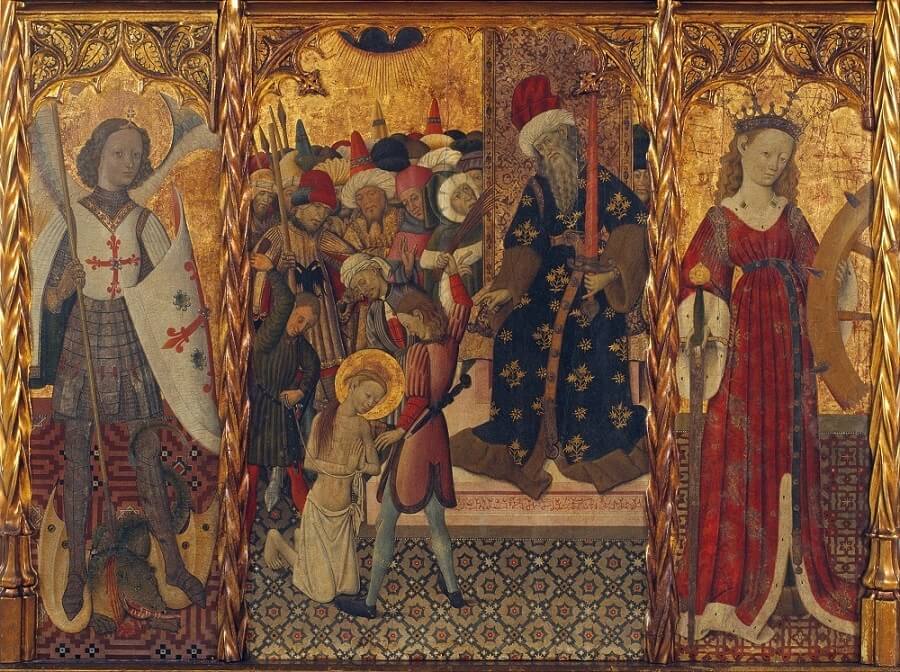
 Western Art Movements I
Art Movements
Western Art Movements I
Art Movements

Study the artwork for one week.
Over the week:
Featured Movement:
Movement Characteristics:




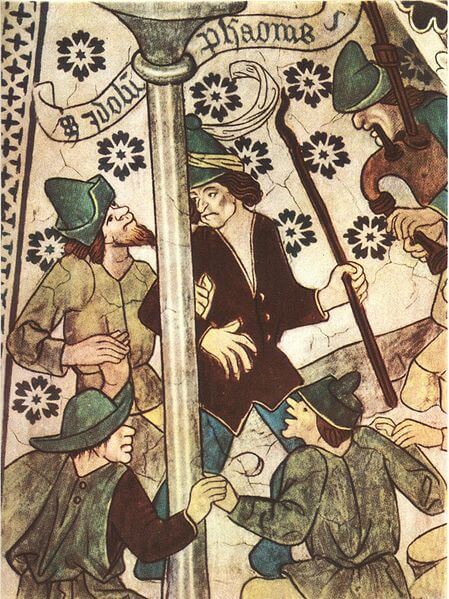
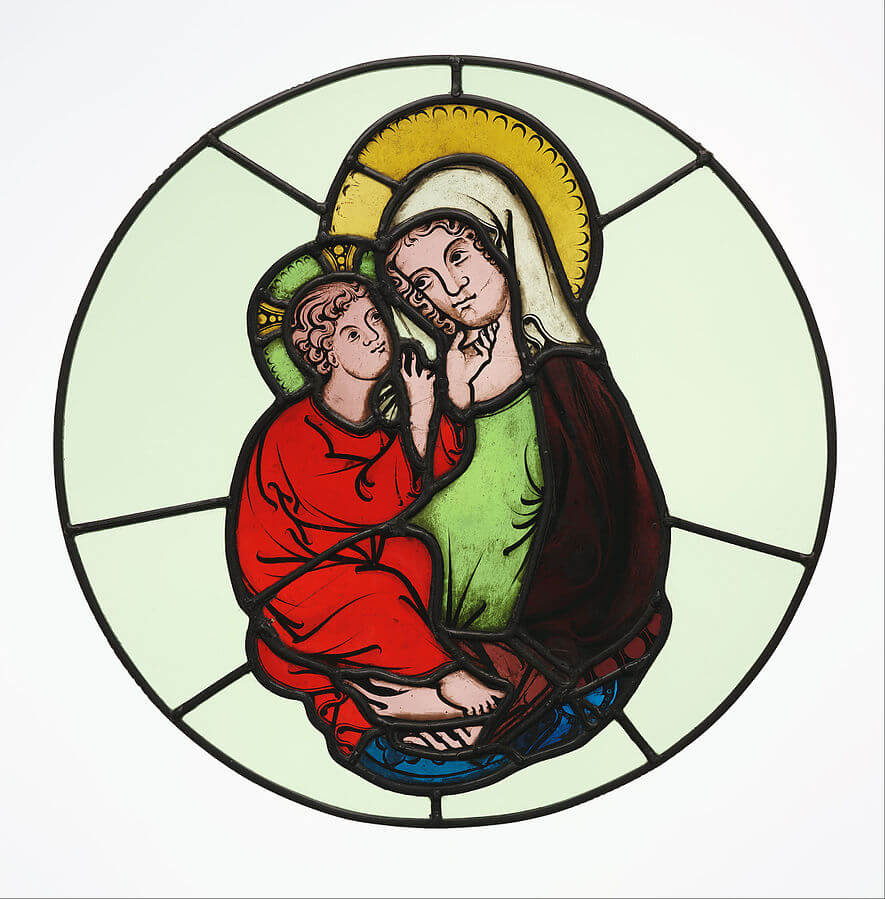

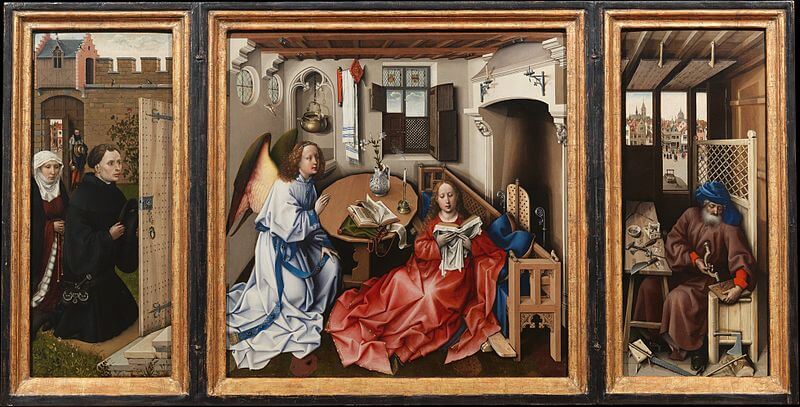


Gothic Movement Subjects:
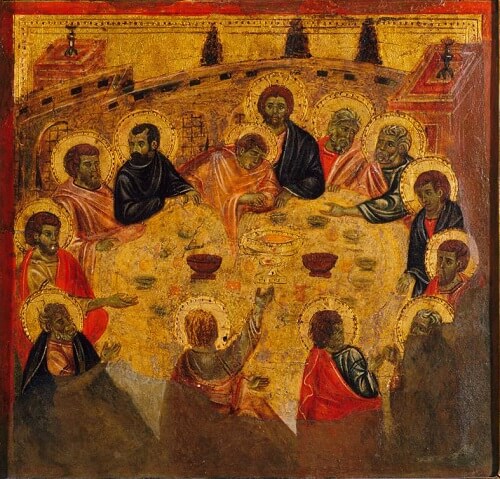



Gothic Architecture:

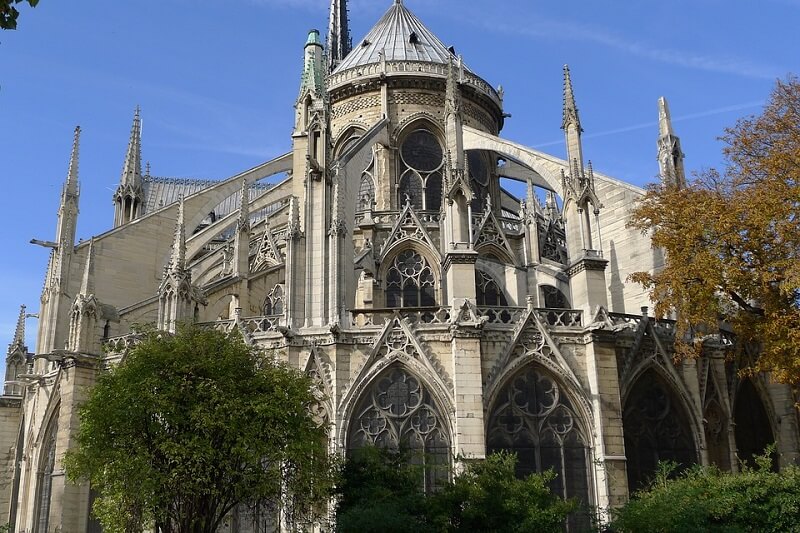

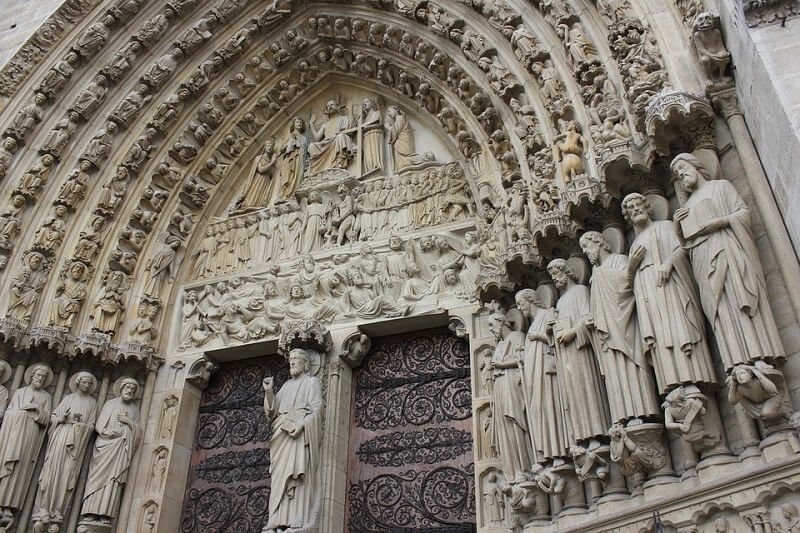
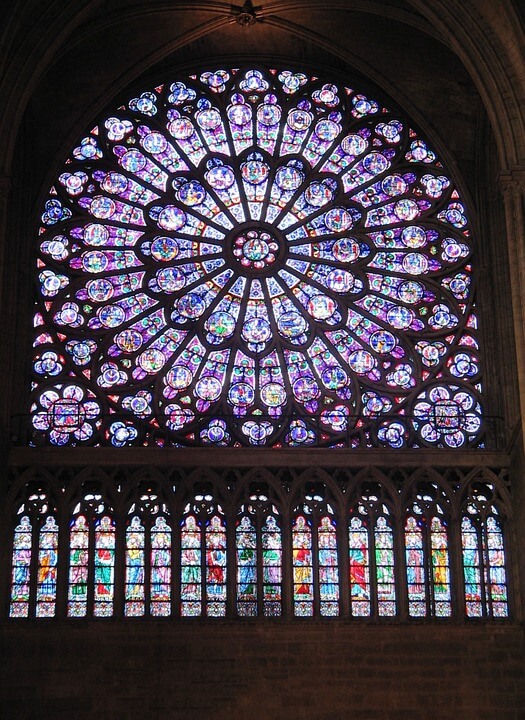
Activity 1: Can You Find It?
Find the following in the artwork:

Activity 2: Narrate the Artwork
Activity 3: Read Prudentius' Recounting of the Words of Saint Eulalia Renouncing the Pagan Gods
Activity 4: Classify the Artwork

Activity 5: Recreate the Artwork
